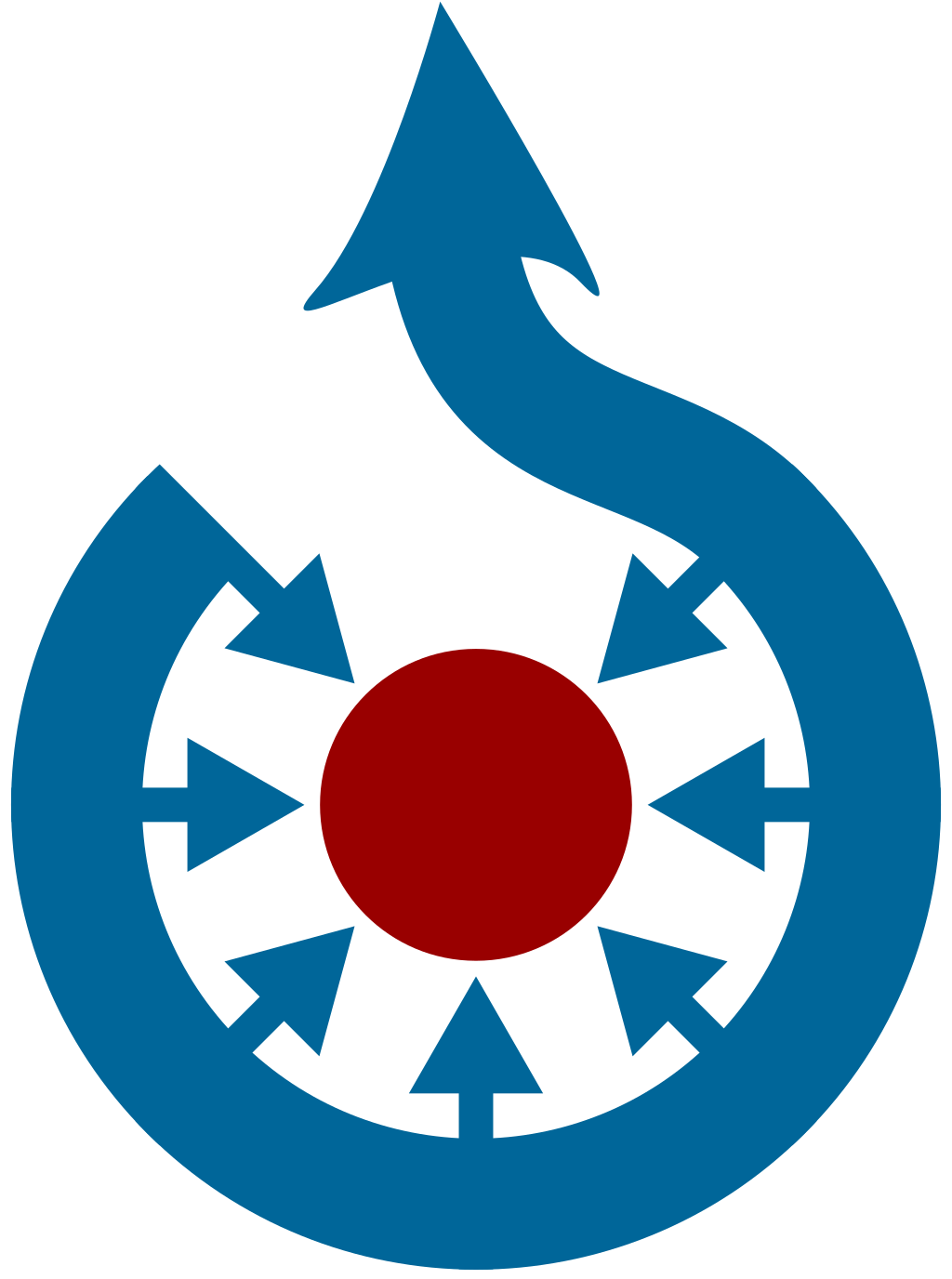
The Crossing of the Red Sea
Artist/Maker
Material / Technique
Dimensionsh x w: Mått 27,5 x 58,5 cm h x w x d: Ram 39 x 69 x 4 cm
Inventory numberNM 6686
Other titlesTitle (sv): Övergången av Röda Havet Title (en): The Crossing of the Red Sea
DescriptionDescription: You will find an extensive description in the catalogue entry. Catalogue raisonné: Description in Flemish paintings C. 1600-C. 1800 III, Nationalmuseum, Stockholm, 2010, cat.no. 82: Technical notes: The support consists of a plate of copper about 1 mm thick. The edges are slightly rounded. The verso is smooth and even, with no traces of any tools. The surface is covered by a dark, thin, transparent layer. The surface of the copper plate has been prepared with horizontal scratch marks to provide a better grip for the ground which consists of a thin, opaque paint layer covered in its turn with a thin light grey layer that contains fine particles of black carbon. The ground has been applied with a broad brush and extends over the edge at the top and bottom and completely covers the support. The brushstrokes can clearly be seen through the subsequent paint layers. The paint layers are thin and opaque and completely cover the ground. The vegetation in the foreground has been painted separately over the landscape. The figures on the horizon have been painted over the background. Reserves were left in the background for the figures in the centre of the painting. Light grey underpainting which is somewhat darker in tone than the preparatory layers is present under the flesh tones of the figures in the foreground. A wealth of different pigments and glazes have been used to depict the textiles of the garments, which were originally in bright colours that have now partly faded or been abraded and are covered with heavily oxidised varnish. Moses’ garments are in a dark violet colour composed of a mixture of blue pigment and red glaze. The figure to the left of Moses is wearing a reddish Roman costume rendered in red glazes from dark to light, finished with white highlights. The warrior in Roman garments is executed in a red glaze over opaque blue underpainting. The brushstrokes are not distinguishable – generally merged in the figures and the garments. The flesh tones are finely modulated with simple mixtures of colours for details such as chins, cheeks, foreheads and eyes, but because of abrasion these are now not so obvious without the use of a microscope. The paint layer has explicitly defined areas in which paint and glazes have been applied more thickly to create a sculptural effect. The painting underwent conservation treatment in 2009. Provenance: Gift from Tordis C:son Graim, Brussels 1978. Bibliography: NM Cat. 1990, p. 136. This painting, which alludes to Exodus (14:15–30) depicts the People of Israel leaving Egypt led by Moses. On the left we can see how the Israelites have crossed the Red Sea and reached the opposite shore. On the right part of the pursuing Egyptian army is meeting its fate as the waters return. Pharao himself, wearing his crown, has been taken by surprise and succumbs to an enormous wave. Here it is still night, while on the other shore the Israelites greet the dawn. One dramatic feature is that Moses himself and three of his men form a group in the foreground. All three are facing the enormous waves. Moses is raising his hands. In the left hand he is holding a staff. Frans Francken II painted this motif a number of times. The various versions are listed in Ursula Härting’s monograph.1 GCB 1 Härting 1989, nos. 38–39, 41–44. 163
Motif categoryReligion/Mythology
Collection
MaterialCopper (Metal), Oil paint
TechniquePainting
Object category
Keyword









